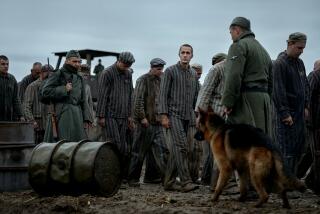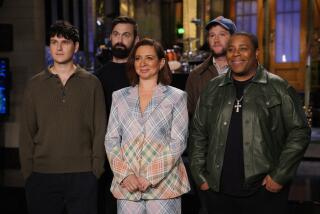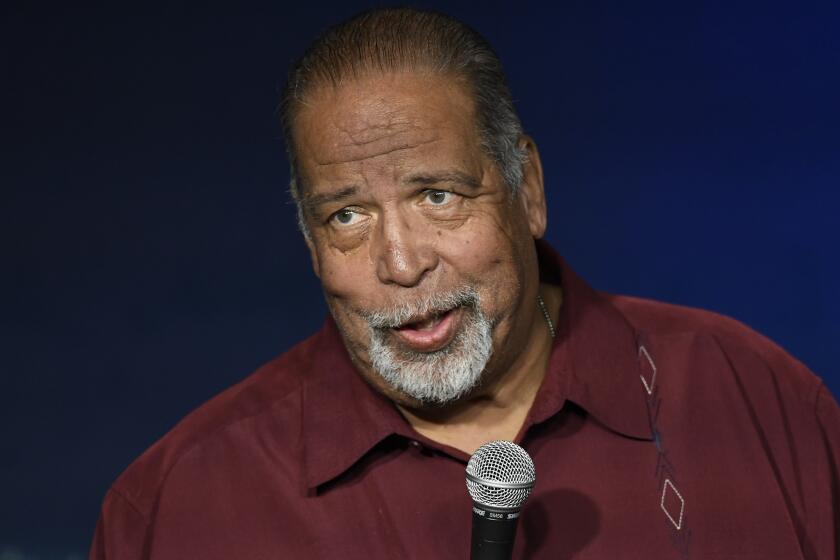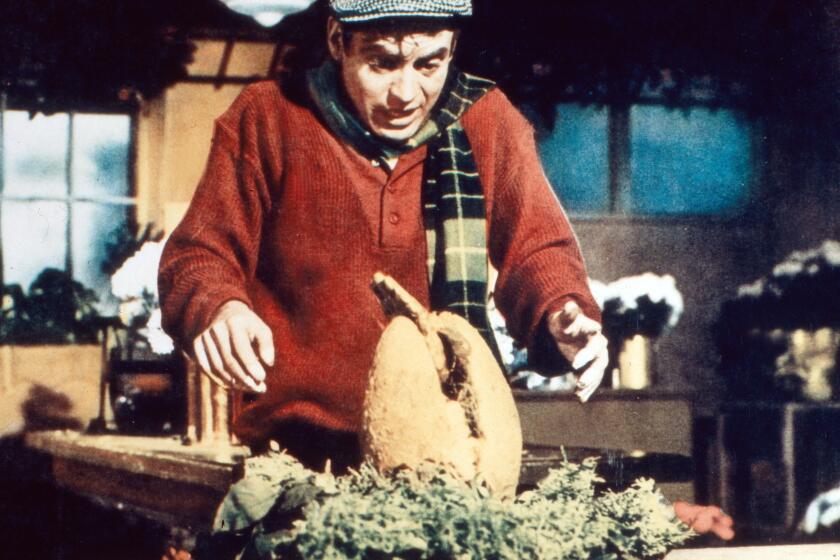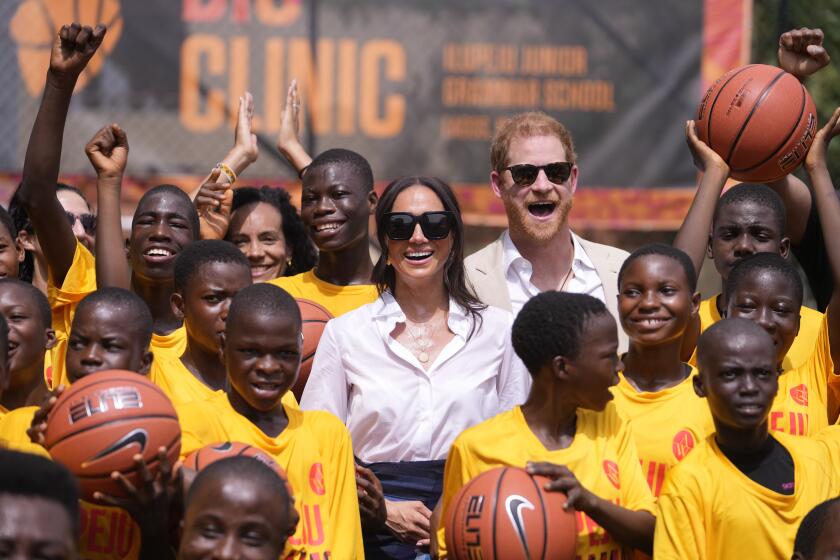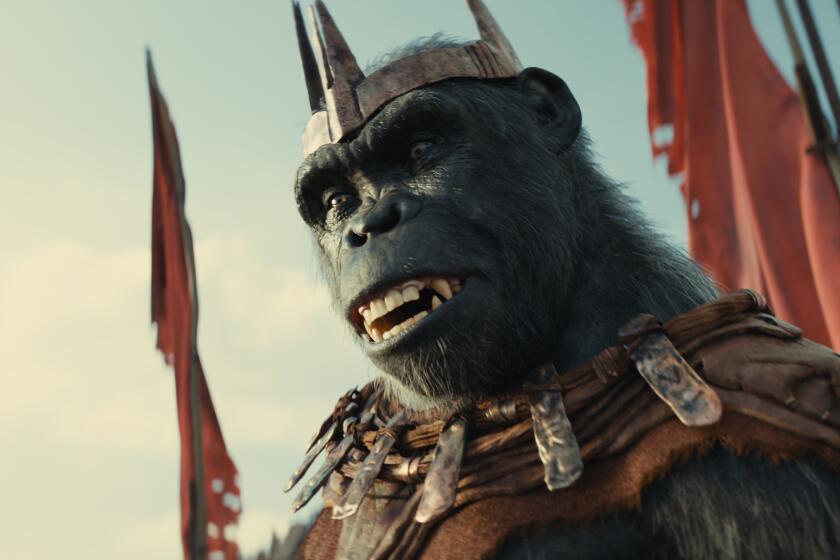UNIVERSAL MANAGES A REAL TOUR DE FORCE
Let’s play a quick game of Yeah, Sure.
As a vote of confidence in its new formula, the Coca-Cola Co. has invited Pepsi to install vending machines at all Coke bottling plants around the country.
Yeah, sure.
In a gesture designed to show American solidarity against the influx of foreign cars, General Motors is offering to share its showrooms with Ford, Chrysler and AMC.
Yeah, sure.
Saying the more the merrier, the operators of Universal Studios Tour are opening their gates to any other studio interested in promoting its movies on the tour property.
Yeah, sure.
Now for a game of No Kidding . Coke and GM aren’t going that far yet, but the Universal Tour really is willing to promote non-Universal product.
“We’re representing the film and TV industries, not just Universal,” says Gordon Armstrong, executive vice president of MCA Recreation Services, which operates the Universal tour. “If we get an exhibit from another studio, we’ll expose it. We’ll even advertise it. . . . It’s to our advantage to get something hot in here.”
By next week, the tour will have a display of the DeLorean car that Michael J. Fox rides into the past in “Back to the Future,” Universal’s current hit. But Armstrong says he would have been willing to put the display up and promote it no matter whose film it was.
“We’re trying to make the public aware that there are always new things going on,” he says.
In fact, the tour has MGM/UA to thank for the inspiration for its latest attraction, a special-effects show spun from a scene in last Christmas’ “2010: The Year We Make Contact.”
Following a call from MCA boss Sidney Sheinberg to MGM/UA boss Frank Rothman, MGM provided the rights, the models and the drawings that allowed MCA’s tour people to duplicate a “2010” set. The sets (the same one was duplicated twice) cost MCA Recreation $1.5 million to build, but the rights and resources were free.
“MGM was extremely cooperative,” Armstrong says. “No money changed hands.”
MGM/UA has little to gain from the “2010” exhibit, other than good will, perhaps a few cassette sales, and a little promotional fuel should it decide to launch a second sequel to Stanley Kubrick’s “2001” (“2020?”).
Armstrong says he’ll allow other studios to put up displays promoting films yet to come. He’ll even put their trailers in rotation in the tour’s Showcase Theater, which is currently recycling promos for five Universal features.
When you consider the tour’s numbers--more than 3 million visitors a year, 1.4 million of them from out of state--why haven’t the other studios already put up their displays?
Because they didn’t know they could.
“I think it’s terrific that they’re willing to do that,” says David Weitzner, head of marketing for 20th Century Fox. “I just assumed that it (the Universal tour) was hands off.”
“If they had asked me, I would have said, ‘Yes,’ ” says Joe Hyams, the Warner Bros. executive in charge of the marketing of Clint Eastwood’s movies. “They have enormous crowds, good crowds.”
Armstrong, who transferred from Universal’s film marketing department two years ago to MCA Recreation, says the competition in the theme park industry is prompting a lot of creative marketing. One of his long-range goals is to have a theater on the tour, where unreleased films--Universal’s, and anyone else’s--may be shown. He sees it as a bonus for tour guests and an opportunity for studios to conduct audience research.
“There are times,” he says, “when your competition is not your competition.”
No kidding.
MEANWHILE: The “2010” attraction on the Universal Studios Tour will initiate its first volunteer astronauts this weekend. For both the participants and the audience watching, it’s a vast improvement over the tacky Buck Rogers set it replaces.
The idea is the same, a demonstration of back projection showing how film makers sandwich images together to create the illusion of being in space. But where the Buck Rogers exhibit relied on some guy rocking a plastic spaceship with two volunteers aboard, “2010” uses laser disc computer technology.
The eight-minute show, designed by MCA Recreation’s Peter Alexander, re-creates a scene in the movie where two astronauts--an American and a Russian--race against time to re-enter a space craft before a nearby planet explodes.
Two volunteers (between the heights of 5 feet, 6 inches and 6 feet, weights of 100 and 200 pounds and ages 12 to 65) climb into body harnesses and spacesuits, then are connected to computer-operated wires 7 feet off the ground. Following directions fed through speakers inside their helmets, the recruits act out the scene while being carried from the spaceship and put through a series of precision movements in front of a huge blue screen.
Their performance is followed by a TV camera and relayed to large audience monitors while the computer simultaneously feeds a gemlike celestial background. The illusion is brief but nearly identical to the one that appeared in “2010.”
As many as 240 volunteers will take the “2010” ride each day and will receive T-shirts (“I was a space walker at Universal Studios”) attesting to it.
“BACK” ON TOP: “Back to the Future” rode a crest of rave reviews to a strong $11.3 million opening weekend, assuring Steven Spielberg another starting spot on Hollywood’s summer all-star team.
Spielberg abandoned the director’s chair this season to get his Amblin Entertainment house in order, and his hired hands--directors Richard Donner (“The Goonies”) and Robert Zemeckis (“Back to the Future”)--delivered.
“The Goonies,” in its sixth weekend, grossed another $3.9 million, bringing its box-office total to $47.6 million. “Back to the Future” had the third biggest opening of the summer, behind James Bond and Rambo sequels, and took in nearly $15 million in its first five days.
Clint Eastwood’s “Pale Rider” held up for a $7 million second weekend and ran its 10-day total to $21.6 million. Its success may mean the return of the Western really is at hand (we’ll get a better idea of the Western’s market from Lawrence Kasdan’s “Silverado,” which opens today). More likely, it’s just further validation of Eastwood’s popularity.
“Pale Rider” has had the most successful first 10 days of any Eastwood movie, eclipsing last summer’s “Tightrope” and his fourth Dirty Harry movie--”Sudden Impact.”
Other box office news:
“Rambo” is still doing well, though it dropped to third with $6.4 million. Its 47-day total: $118.3 million. Ron Howard’s “Cocoon” is holding up, too, and with its $6.3 million weekend now has a total of $31.6 million after 17 days in release.
“The Emerald Forest,” perhaps Embassy Pictures’ last release before being taken over by new owner Coca-Cola, opened well with $4.3 million.
The losers: MGM/UA’s “Red Sonja” (a disastrous $2.3 million opening in 1,091 theaters); and “Return to Oz” (see it before it’s gone).
NO PLACE LIKE HOME: The Filmland Corporate Center being built across the street from MGM/UA in Culver City has its first official tenant and it is . . . MGM/UA.
The studio has leased the entire third floor of the Filmland building--48,000 square feet--to be the home of the marketing and distribution departments, as well as the various independent production companies with whom MGM/UA has deals.
The $81-million Filmland complex, which is being touted as the cornerstone of Culver City’s downtown revitalization, will be ready for occupancy in March, 1986.
Lorimar Productions will take over the three-story building being vacated by MGM/UA’s marketing and distribution staffs on the studio lot.
More to Read
The biggest entertainment stories
Get our big stories about Hollywood, film, television, music, arts, culture and more right in your inbox as soon as they publish.
You may occasionally receive promotional content from the Los Angeles Times.
